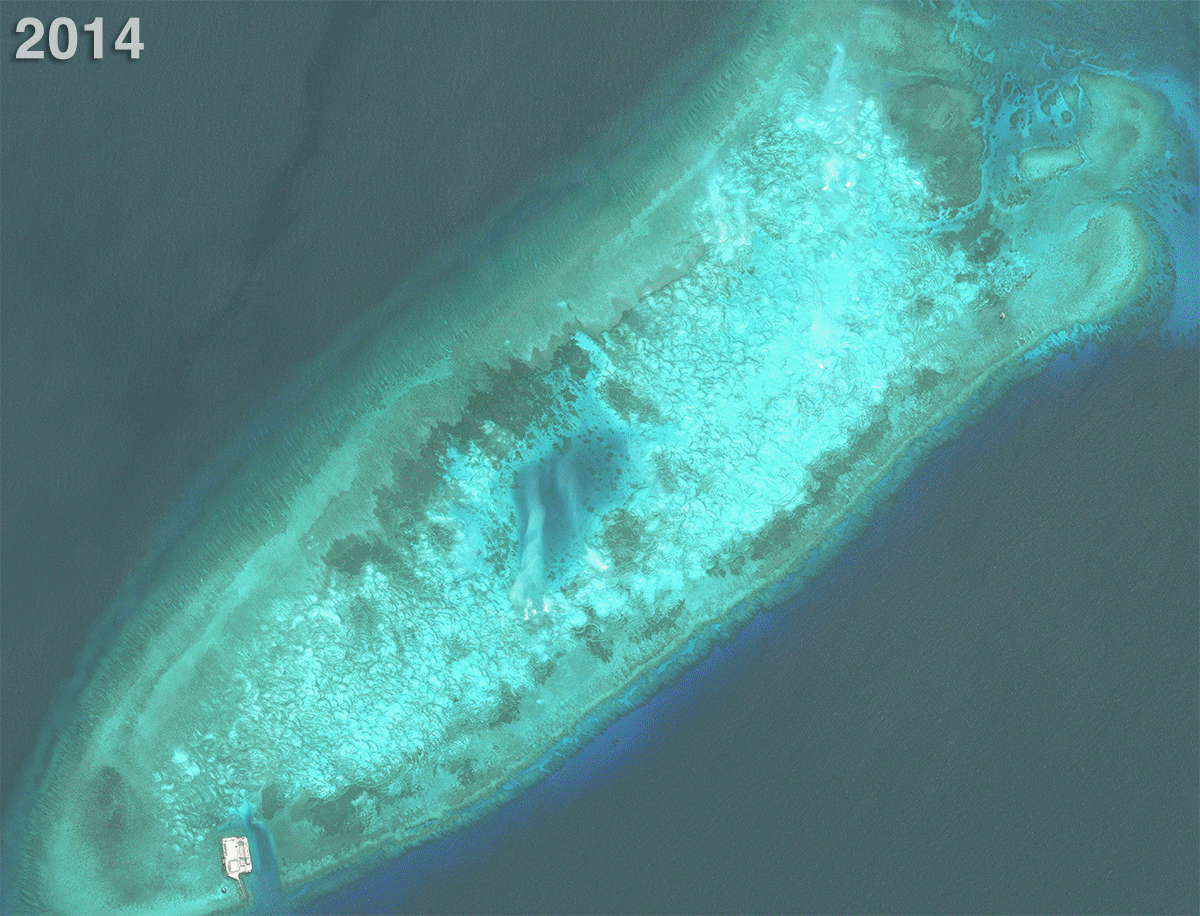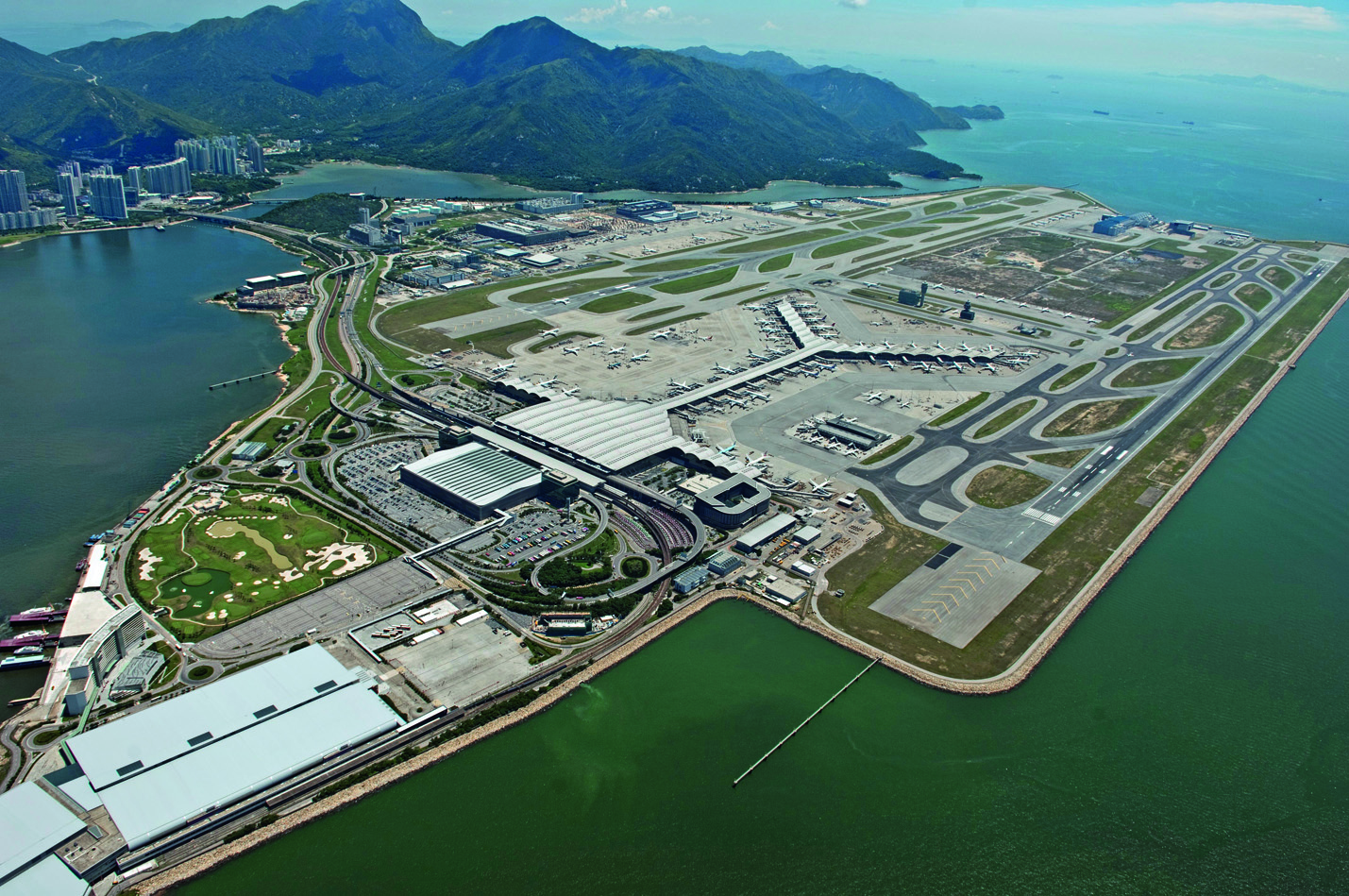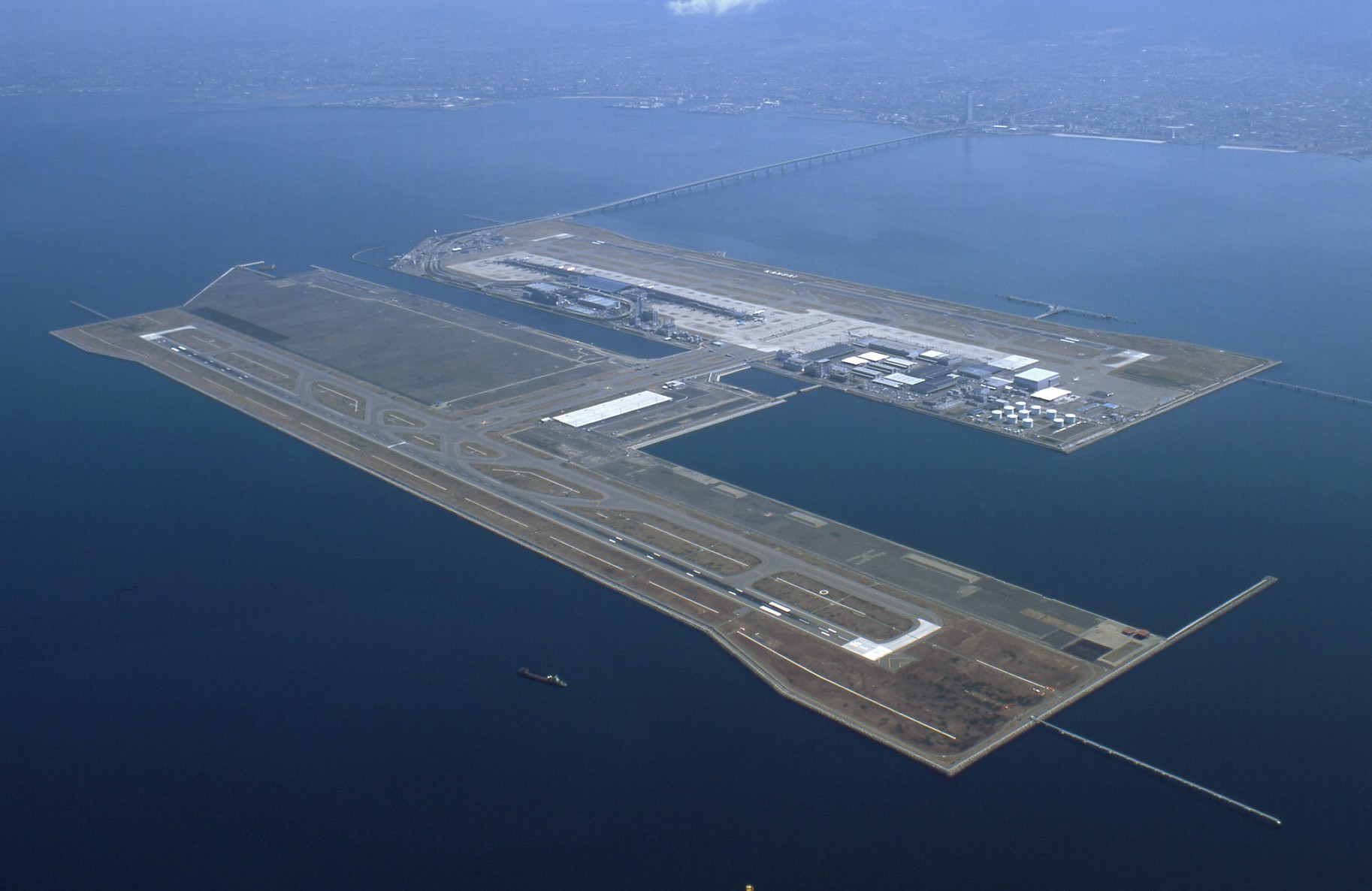The Chinese have made a few waves in recent history by moving sub-sea earth to forge new islands. The beef between China and her neighbors is because those islands may not fall into China’s turf, er, sea. Those islands may also threaten the safety of other nations. If you haven’t been reading the internets, the whole thing is quite a mess. It’s a well-organized mess, but a mess nonetheless.

(source: time.com)
If you didn’t know better, you may think China invented the idea of artificial islands. Not true. We’ve been making artificial islands since the Egyptians. The land known as Venice in Italy is one example; several artificial islands built on former marshland.
It’s a simple matter of moving enough rocks, sand or in the cases of Venice, deforesting enough trees to shove into the muck, then building on that material. Then you cross your fingers and hope it doesn’t sink much. If it doesn’t, if you’ve engineered your island well enough, you can land planes on it.
What follows are three islands that exist just for that purpose. Each one is a marvel of engineering, massive, and expensive to make. All three are in Asia, so you may not have heard about them. Also, all three made the top ten list for the largest artificial islands.
Chek Lap Kok – Hong Kong International Airport

(source: travelobservers.com)
Opened in 1998. Chek Lap Kok, the island home of the Hong Kong International Airport is the 3rd largest artificial island in the world. It also holds the title of largest airport in Hong Kong.
The original airport for Hong Kong, Kai Tak Airport built in 1925, was not big enough to handle the traffic for Hong Kong. That airport had one runway, despite the title of the busiest airport in the world by 1990.
The plans for Chek Lap Kok began in 1974 when the civil authorities identified the small island of Chek Lap Kok as a potential site. At that time it was a fraction of the size, but with a little love and tenderness, they figured that they could expand the island, directing air traffic away from populated areas. That also meant they wouldn’t have to bulldoze existing neighborhoods in Hong Kong or set up ay outside the metropolis.
After a few financial hiccups, in 1989 officials announced the plan.
Kansai International Airport

(source: megaconstrucciones.net)
Opened in 1994. The Kansai airport is number four on the largest list, just off the coast of Japan. It was never an island before construction, so the only name for it is the name of the airport.
Plans for the artificial island began in the ’60s when planners proposed a new airport. The existing option at the time was the Osaka International Airport, an airport surrounded by tall buildings. That airport also suffered noise complaints from residents, so expansion was out of the question for many reasons.
Construction of the island began in ’87. To protect the island from sea surges, engineers had to build a sea wall first. That was completed in ’89. To build up the island, they leveled three mountains.
Once they moved enough earth, they built a bridge to the island. That bridge cost $1-billion, but that was pennies compared to the overall cost of the project. As the land settled, it sank much further than expected, costing more to alright than any civil engineering project in history at $15-billion by the end.
Since then, the airport has survived an otherwise devastating earthquake without a scratch, then a typhoon with winds up to 120 MPH.
Chubu Centrair International Airport

(source: avia.pro)
The Chubu Airport opened in 2005. Like Kansai, Chubu is also in Japan. This beast takes the number six spot for the biggest artificial islands to date. From the hard lessons learned engineering Kansai, and in an attempt to reduce some pressure on that same airport, Japan designed Chubu.
Along with Kansai, they are two of five off-shore airports for Japan.
Construction took much less time to construct that Kansai, five years from beginning to finish. The main difference is this island works with the currents of the bay. It also melds with the ecology of the sea better.
Around the perimeter, they laid natural rocks in such a way to promote sea life along the shore. This was not only good from a green marketability standpoint, it made the island stronger.
Because the island started to attract seabird, they even designated an area to encourage nesting. Today, travelers regard this airport as a first class hub.

(source: viralforest.com)
Assuming the seas continue to rise, one has to wonder how wise are these projects? The sinking of Kansai may have slowed down, but it’s still sinking. By all rational thought, if the seas rise as the land sinks, then that’s massively expensive mistake.
Kansai, since I brought it up, ended with another $5-billion in costs, bringing the net to $20-billion. Similarly, several of the artificial island project in Dubai stopped with the financial crisis. Financiers have yet to reignite those projects.
One has to wonder if the investors started to rethink things with every report of disappearing glacier, collapsing ice shelf and otherwise concerning environmental story.
Maybe we start putting our airports on mountain tops, just to be safe, huh?

